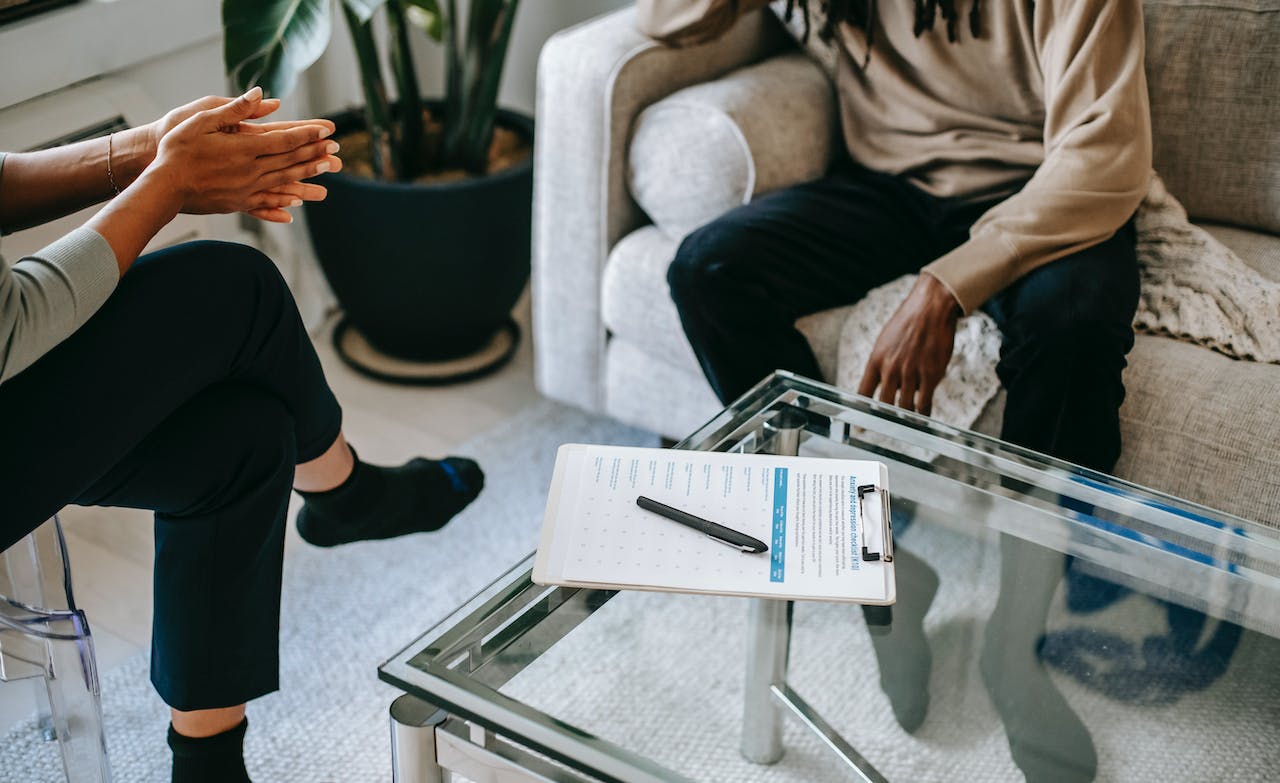Despite the fact that women are more likely than men to become disabled during their lives, many are overlooked. This is a worldwide phenomenon that especially impacts women living in nations with limited access to healthcare. We’re here to shed some light on the challenges and realities women with disabilities often face. Education is the first step toward removing prejudice and ensuring all individuals with disabilities can live a happy, healthy life.
The Value of Inclusion for Women with Disabilities
Inclusion for women with disabilities is a key part of ensuring that the disability community thrives. Without tailored solutions to the unique challenges women face, the ability to fully participate in society – that is, for all members of the community – will always be limited.
That’s because some of the biggest obstacles between individuals with disabilities and a full, inclusive, and happy life are social. In other words, other people often stand between a person with disabilities and the support they need to live as they choose.
Stereotypes and attitudes about women can affect how doctors treat patients. They can affect how government officials create new laws. The best way to prevent these issues is to get ahead and start open dialogues about them.
Women and girls with disabilities deserve focused care.
Social, cultural, and religious factors limit women with disabilities worldwide. The World Health Organization estimates that only 20% of the rehabilitation dedicated to people with disabilities goes to women. And that’s a real problem.
This is especially true because women with disabilities might need access to care that people of other genders don’t – in addition to general healthcare, of course. Still, women with disabilities, especially women with intersecting identities, are consistently undertreated.
Likewise, causes and symptoms of disabilities can present differently in women and girls. Viewing disability through the same lens for all people does a disservice to those whose experiences weren’t taken into consideration in the past.
Challenges that May Uniquely Affect Women with Disabilities
Women with disabilities face obstacles that others in the disability community might not, including the following:
- Mental health concerns. Women with disabilities are more likely to experience consistent mental distress than men with disabilities.
- Intimate partner violence. Women, in general, are more likely than men to experience abuse, but women with disabilities are even likelier than women without them to experience IPV.
- Gender-based discrimination. Many women find they have a hard time being validated and believed, even by healthcare providers.
- Limited access to reproductive healthcare. Attitudes and stereotypes about disabilities and a lack of experience from providers keep women from accessing the care they need. Many have their right to reproductive care controlled or limited by others.
How You Can Support Women with Disabilities
Many women with disabilities feel unheard or unseen. Whether you’re a part of the disability community or not, the best way you can help is by learning and listening. Participate in discussions like these, and use your voice for positive change. Above all else, recognize that no two people or their experiences are the same.
You can learn more about this subject by visiting any of these resources for women with disabilities:
- CDC Information for Women with Disabilities: A page from the CDC that has tools and health information for women with disabilities.
- WomensHealth.gov: The federal government’s source for women’s health information.
- CDC Guide to Supporting Women with Disabilities: A comprehensive page that breaks down unique challenges women with disabilities tend to face and how to access support.
- Center for Research on Women with Disabilities: Learn more about developing research centered around women and girls with disabilities.
At NeuroNav, we’re committed to being a source of quality information for people from all walks of life. We also work with participants of the California Self-Determination Program, which connects people with disabilities to the funding and resources they need. Learn more about how we can help California residents today, or check out our other resources for people with disabilities.

.jpg)
.jpg)

